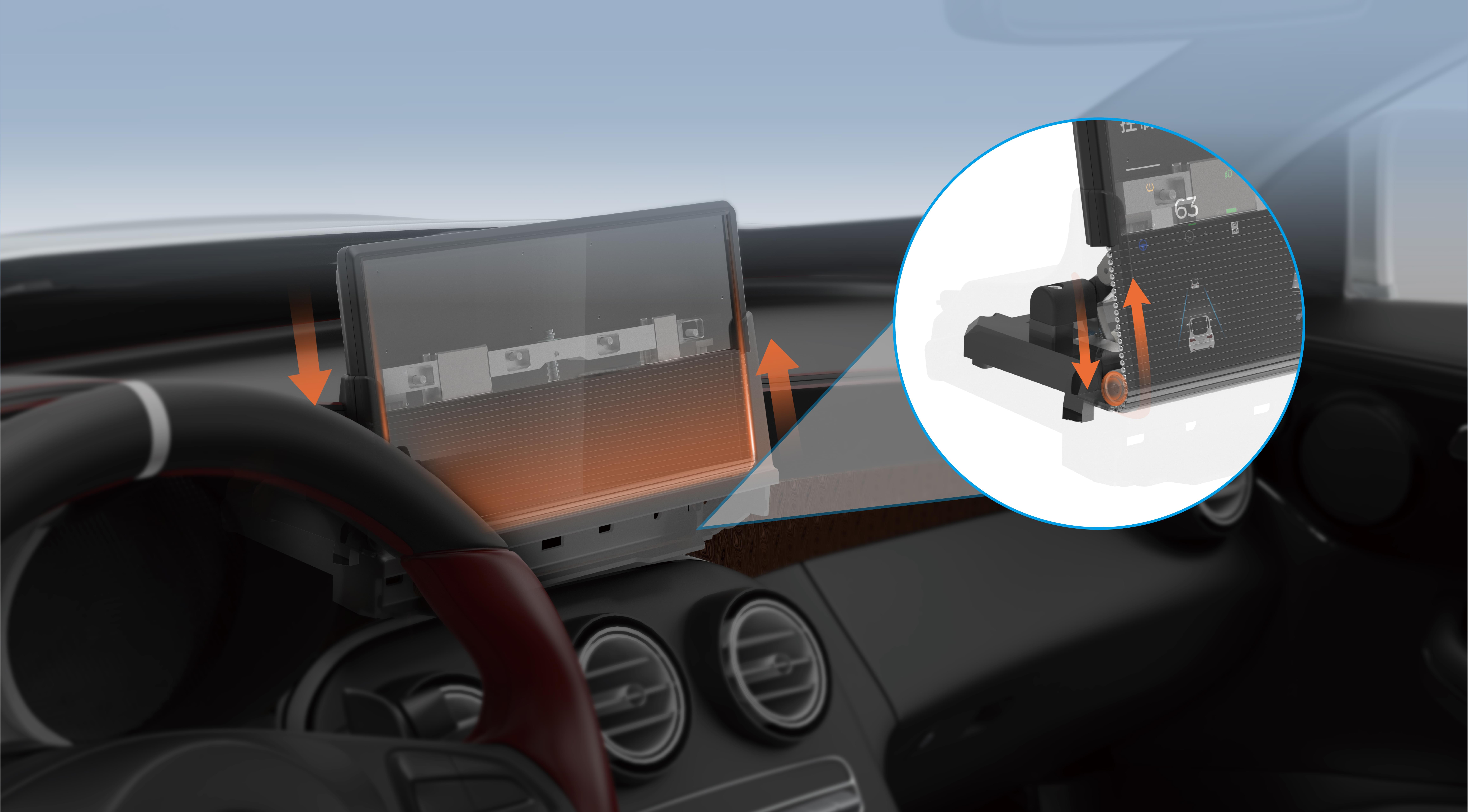Certainly! Here is the first part of the soft article on the theme "high precision servo motor." If you'd like, I can proceed with the second part afterward.

The Rise of High Precision Servo Motors: Redefining Possibilities in Modern Industry
In an era where technological innovation accelerates at an unprecedented pace, the demand for precision, reliability, and efficiency in motion control systems has never been higher. Among the pivotal players in this domain, high precision servo motors stand out as game-changers. They are quietly revolutionizing sectors ranging from aerospace and automotive to medical devices and consumer electronics.
What is a High Precision Servo Motor?
At its core, a high precision servo motor is a specialized type of motor designed to provide extremely accurate control over position, velocity, and torque. Unlike standard motors, which might offer decent performance for general tasks, these motors excel in scenarios requiring meticulous movements and fine adjustments. They are integrated with high-performance encoders, advanced control algorithms, and often feature superior mechanical components to ensure minimal error margins.
Core Components and Functionality
The foundational elements that distinguish high precision servo motors include:
High-Resolution Encoders: These sensors translate shaft position into electrical signals with remarkable granularity, sometimes reaching resolutions of tens of thousands of pulses per rotation, enabling precisely measured movements.
Advanced Control Systems: Their embedded control electronics interpret signals from encoders and adjust current to the motor windings in real-time, ensuring movements are smooth, precise, and responsive.
Superior Mechanical Design: To maximize accuracy, these motors often incorporate high-quality bearings, minimal backlash gearboxes, and meticulously engineered stators and rotors that reduce vibrations and mechanical errors.
Applications and Impact
The technological capabilities of high precision servo motors translate into practical benefits across countless applications:
Robotics: Automation systems demand precise movement for tasks like assembling microelectronics or performing delicate surgical procedures. These motors enable robots to mimic human dexterity with remarkable fidelity.
CNC Machinery: Computer Numerical Control (CNC) machines rely on high-precision servos to carve intricate designs or mill complex parts with tolerances often less than a micron, ensuring high-quality outputs.
Medical Equipment: In the medical field, servo motors power devices such as MRI machines and surgical robots, where precision can be a matter of life and death.
Optical Systems: Telescopes, microscopes, and astronomical instruments require extremely accurate control of direction and focus, which high precision servo motors facilitate.
Aerospace and Defense: In aerospace, these motors are used for satellite positioning and aircraft control surfaces, where exact movements are vital to safety and performance.
Technological Innovations Driving Precision
Recent developments have propelled high precision servo motors to new heights of performance:
Sensorless Control Techniques: Innovations in control algorithms now enable high accuracy even without encoders, reducing cost and complexity for certain applications.
Materials and Manufacturing: Use of advanced materials such as cooled windings, ceramic bearings, or carbon fiber components reduces vibrations, heat, and mechanical wear.
Integration with IoT: Embedding smart sensors and connectivity features allows for predictive maintenance, real-time monitoring, and remote diagnostics, enhancing operational uptime.
Challenges and Considerations
Despite their impressive capabilities, high precision servo motors come with unique challenges:
Cost: Their advanced components and manufacturing tolerances often result in higher costs compared to standard motors.
Complexity: Integration into systems demands sophisticated control strategies and skilled engineers to optimize performance.
Thermal Management: High-performance operation generates heat; effective cooling mechanisms are essential to maintain accuracy over prolonged use.
The Path Forward
The trajectory of high precision servo motor technology is promising. As materials improve, control algorithms become more sophisticated, and manufacturing becomes more cost-effective, we can expect these motors to become even more integral to future innovations. From autonomous vehicles that demand exacting control to quantum computing hardware requiring nanometer precision, the horizons are vast.
The collaboration between industry leaders, academia, and technology startups continues to push the envelope. Continuous research into miniaturization, energy efficiency, and robustness will unlock new deployment scenarios, broadening their impact.
Kpower has delivered professional drive system solutions to over 500 enterprise clients globally with products covering various fields such as Smart Home Systems, Automatic Electronics, Robotics, Precision Agriculture, Drones, and Industrial Automation.




































